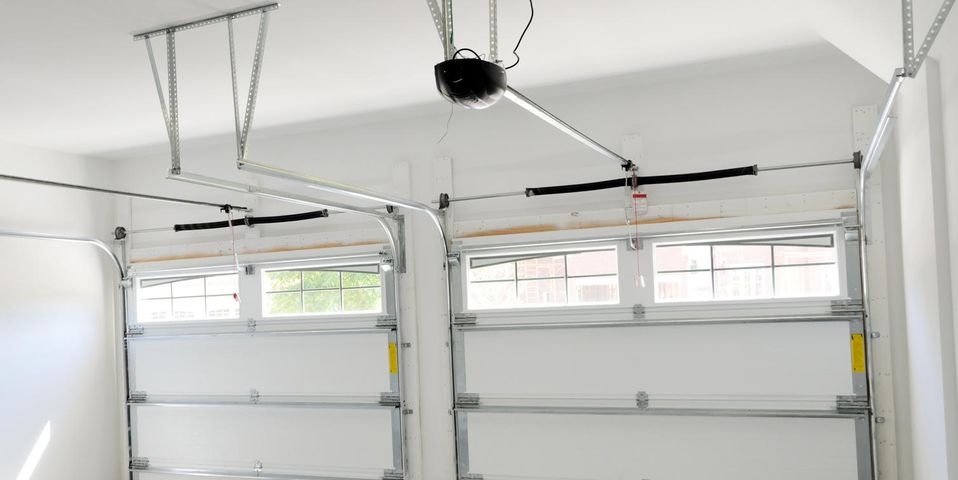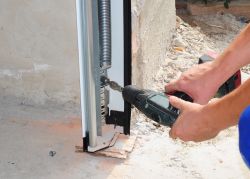What's the Difference Between Torsion & Extension Springs?

Your garage doors add an extra layer of safety and security to your property, which is why all of their components should remain functional. Most automatic overhead doors use either torsion or extension springs, which play integral roles in the proper function of the opening and closing mechanism. Here are the differences between these two types of spring.
Your Guide to Torsion & Extension Springs
Torsion Springs
As the name suggests, torsion springs use torque to open and close overhead doors. Torsion springs extend horizontally over the interior opening of each door. When lifting and lowering the doors, torsion springs turn rather than expand and contract, which results in smoother and quieter operation. These springs are dependable, durable, and have a long life expectancy—approximately 20,000 cycles, the equivalent of seven years. They are widely valued for their balance, controlled motion, and safety. Since the springs don’t expand, there’s no risk of them flying off and damaging property if the event that they break.
 Extension Springs
Extension Springs
Extension springs extend vertically on either side of the garage doors. They expand and contract to open and close your garage doors while supporting their full weight. These springs are typically much more affordable and don’t require as much space for installation. With regular cleaning and lubrication, extension springs can last anywhere from seven to nine years. Promote safety by attaching cables to your extension springs so that they don’t fly into people or objects if they ever snap.
The next time you need spring replacements, contact the professionals at Columbus Door Sales. They offer overhead door repairs and installations to clients throughout Franklin County, OH. Call (614) 481-2020 to get a free quote on residential or commercial garage doors and book a service appointment. Visit them online to learn more about designing your overhead doors from start to finish.
About the Business
Have a question? Ask the experts!
Send your question

